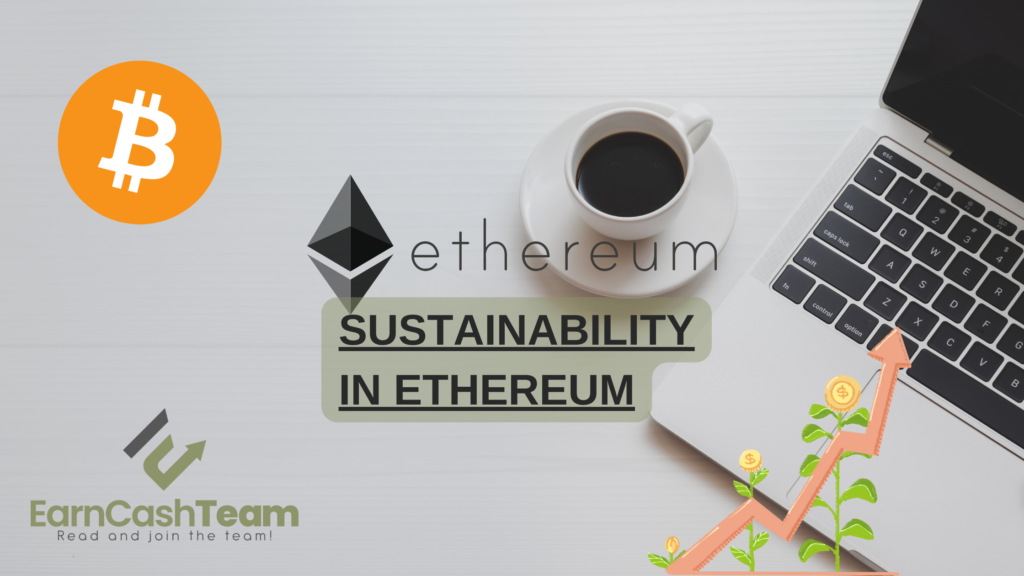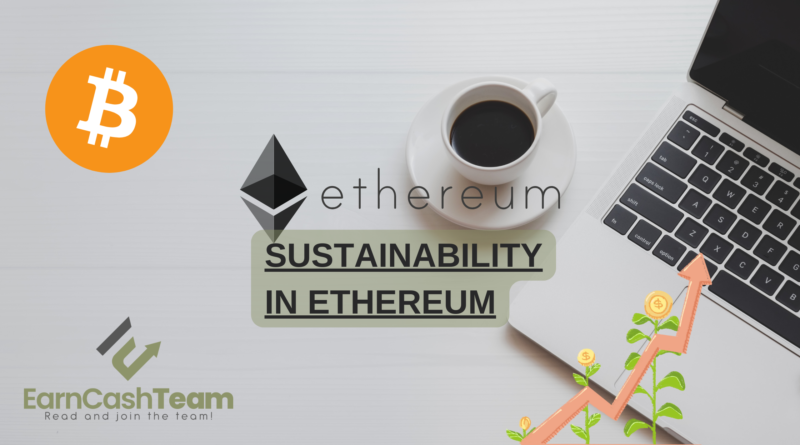Sustainability in Ethereum
Since blockchain and NFTs (non-fungible tokens) have gained wider mainstream traction, there has been considerable discussion, mostly negative, of their carbon footprint. This stems from PoW systems such as Bitcoin’s use of enormous amounts of energy in order to run and verify transactions, using massive amounts of energy for running and verification processes. While this concern should be taken seriously given their unique transparency and tamper-proof features – not forgetting many innovative applications being built upon Ethereum (and other PoW based blockchains).
You can discover other tips about Ethereum with us!

What makes these blockchains energy-intensive is their consensus model, which relies on mining – solving increasingly complex math problems to add tokens and validate transactions – performed on special equipment known as mining rigs that run on fossil fuels. Critics have often pointed to cryptocurrency’s energy consumption as one of its chief criticisms despite claims it uses less resources than traditional banking or finance operations for its operations.
To address these concerns, the Ethereum Foundation has taken great strides in developing solutions – like their recently implemented Ethereum Improvement Proposal which reduces energy costs across its blockchain – that help combat these concerns. But these measures only form one part of a bigger picture. In order to be sustainable long term, developers and users alike need to seek platforms with eco-efficient blockchains and support those who develop or use them.
The Ethereum ecosystem offers numerous solutions – layer 2s, sidechains and more – which can significantly lower the environmental footprint of blockchain based systems like NFTs. As more people utilize these alternatives to the mainchain, their demand will increase, prompting developers to develop and utilize them and ultimately making the ecosystem more sustainable in the long run.
One of the key steps for creating energy efficient NFTs is “lazy minting”, whereby tokens are first sold on non-Ethereum PoW blockchains like Palm before being transferred over to Ethereum later. This can save tremendously in energy costs compared to simply creating them all on Ethereum from day one; furthermore, users will find this process far simpler and less taxing.
As the cryptocurrency and blockchain industries mature, it will be essential to adopting eco-friendly strategies in order to remain transparent and efficient. By doing so, we no longer need to choose between distributed networks’ advantages and our collective effort to reduce fossil fuel use; blockchain developers have long been working on solutions which address both fronts simultaneously.




